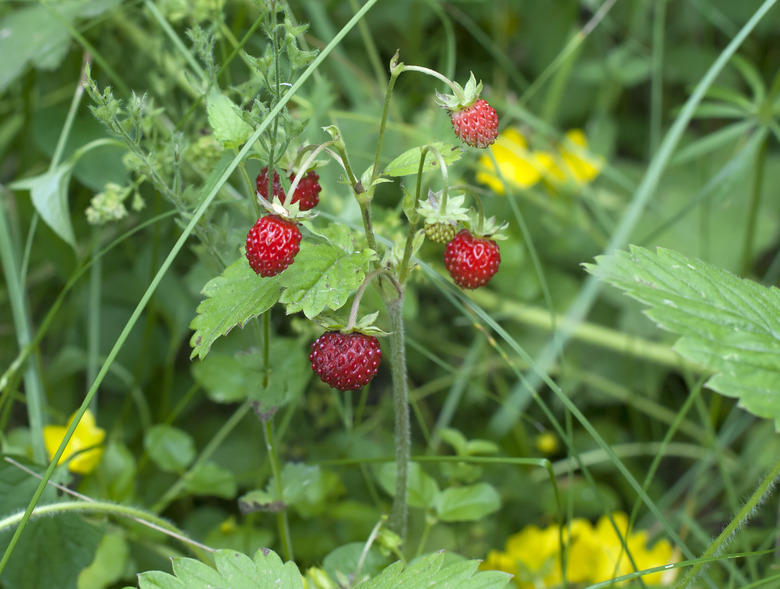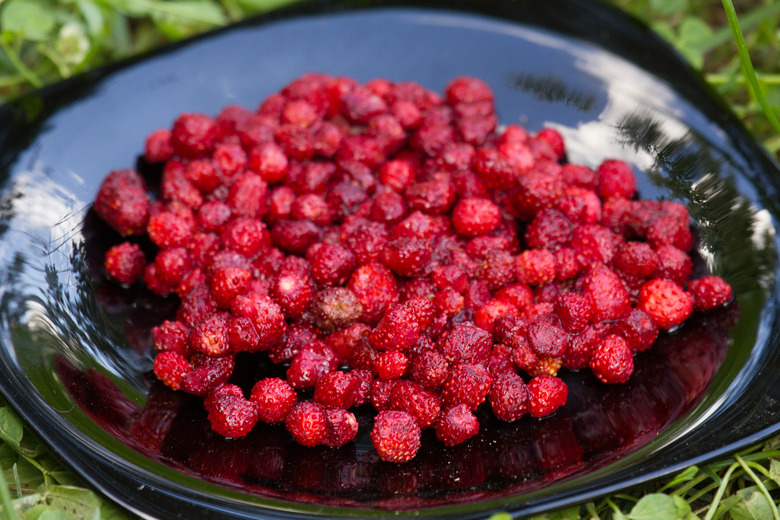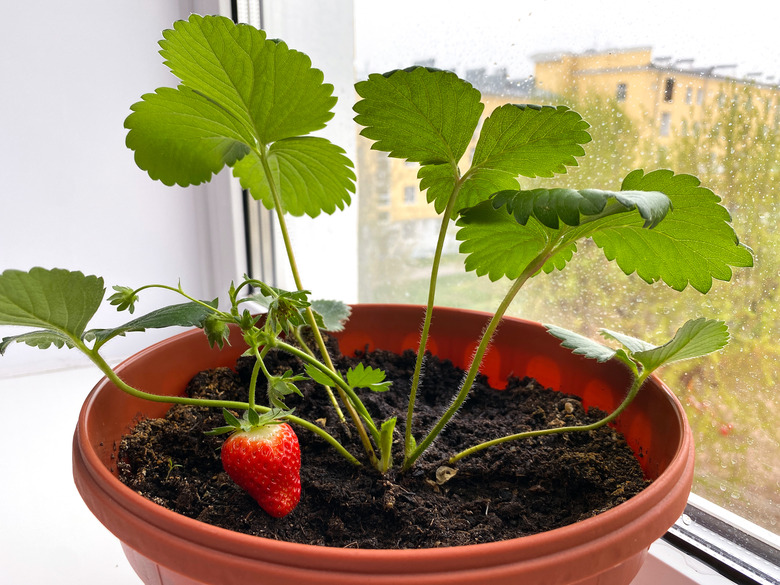How To Germinate Strawberry Seeds
Learning how to gather, process and plant strawberry seeds will help you grow a whole new plant, but the plant may not produce good-quality fruit.
Strawberries (Fragaria spp.) are a common sight in gardens within USDA plant hardiness zones 2 to 10, where they are grown for their sugary, flavorful berries. The berries are the result of careful breeding, however, and cannot always be duplicated from seeds.
Most strawberry varieties grown in gardens are hybrids that must be grown from runners to ensure that they produce the same-quality fruit as the original plant. For that reason, learning how to grow strawberries from seeds should only be done as an experiment without the expectation of growing good-quality fruit.
Tip
Seeds taken from heirloom or open-pollinated strawberry varieties have a greater chance of growing a usable plant.
Gathering Strawberry Seeds
Only seeds gathered from a ripe strawberry will germinate, so it is best to wait until the berry is overripe to the point of mushiness before trying to gather seeds from it.
- Cut the strawberry in half and place it on a sheet of absorbent paper, such as a thick, high-quality paper towel.
- Mash the strawberry onto the paper using a fork or your fingers.
- Set the paper in a warm, airy location out of direct light until the strawberry pulp dries out.
- Scrape the dried strawberry pulp into a wire sieve and rub it against the wire until the pulp is gone and only the seeds remain.
Tip
Strawberry seeds will remain viable for several years when stored under cool, dry conditions.
Sowing Strawberry Seeds
Strawberry seeds need a short chilling period to break their dormancy and prompt germination. The best way to chill them is to pot them up in small pots and place them in the refrigerator.
- Start strawberry seeds in a small nursery pot filled with moist seed-starting compost, which is sterile and free from weed seeds.
- Scatter a few strawberry seeds on the surface of the soil and gently press them down. Cover them with a very thin layer of compost to keep them moist while still allowing some light to reach them.
- Cover the pot with a plastic bag and set it inside the refrigerator for two to four weeks. Keep the soil moist but not soggy.
Tip
Strawberry seeds can rot under wet conditions, so moisten the soil only if it feels nearly dry on the surface.
Germinating Strawberry Seeds
The process of germinating strawberry seeds is very simple and requires very little attention or hands-on involvement, although the seeds must be kept under warm and moist conditions to sprout.
- Move the pot from the refrigerator to a bright, sunny location where temperatures stay between 65 and 75°F. A propagation mat can be used to warm the pots if conditions are chilly.
- Check the soil moisture daily and mist it with water if it feels nearly dry on the surface.
- Strawberry seeds will germinate in two to three weeks if kept warm and moist.
If multiple seeds sprout, the seedlings must be thinned out when they reach 1 to 2 inches in height and then transplanted into individual containers once they produce three mature leaves. Each seedling should be transplanted into a small plastic or peat pot filled with rich potting soil.
Growing Strawberry Seedlings
Grow strawberry seedlings under sheltered conditions with bright, indirect sunlight until the following spring. The seedlings must be acclimated to direct sunlight before being transplanted into the garden by exposing them to direct sun for a few hours each day, which is a process called hardening off.
Transplant strawberry plants into a sunny bed with fertile, fast-draining soil once all frost danger has passed and the soil has warmed.
- Choose a site with 6 to 10 hours of direct sun.
- Clay-based soil should be amended with a 4-inch layer of compost, while sandy beds need 1 inch of compost worked into the top 6 to 8 inches.
Space the strawberry seedlings 18 inches apart in rows set 3 feet apart. The crown of the plant should be at soil level; planting too deep can cause the plant to rot, while shallow planting can impair root formation.


